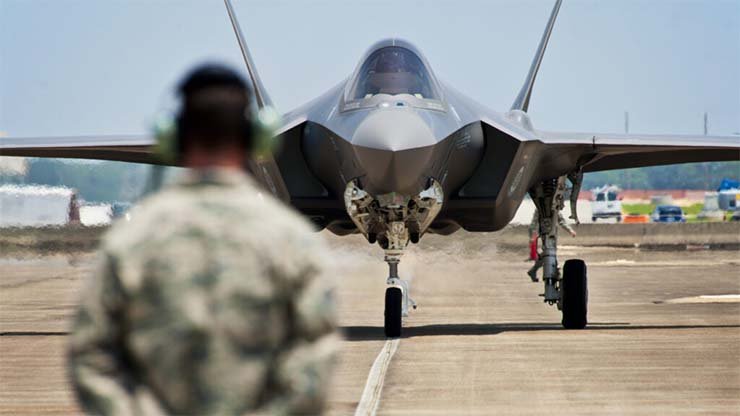
Washington: The F-35 program only knows how much cooling the Joint Strike Fighter’s engine will need through 2035, government auditors said in a new report.
But that’s a few years after the F-35 program needs to finish upgrading its thermal management system to be able to support rapidly arriving new capabilities, the Government Accountability Office said in a report.
And GAO said it’s hard to predict how long the planned upgrades to the F-35′s power and thermal management system, or PTMS, and engines will be effective, though the fifth-generation fighter is expected to fly for another 50 years. PTMS uses the “bleed air” from the engines to cool systems throughout the fighter including weapons and radars.
The finding spotlights the uncertainty the program faces as it prepares for a major upgrade to the Pratt & Whitney-made F135 engines, dubbed the Engine Core Upgrade. Just a few years after completing the effort, the F-35 program “will face a period of unknown requirements” for its future capabilities — and may be in danger of future cost overruns and other mistakes, according to the new report.
“Without defined PTMS and engine modernisation requirements, the F-35 program is at greater risk of repeating prior missteps,” GAO said.
GAO said the F-35 program can’t fully predict how much power and cooling the fighter will need until the military services flying the aircraft define their own requirements.
Without an engine upgrade, GAO said, the added heat could drive up the cost of maintaining the existing engines by $38 billion.
In a statement, the F-35 Joint Program Office said it is confident the ECU engine upgrades can “minimise” the $38 billion in costs GAO highlighted.








